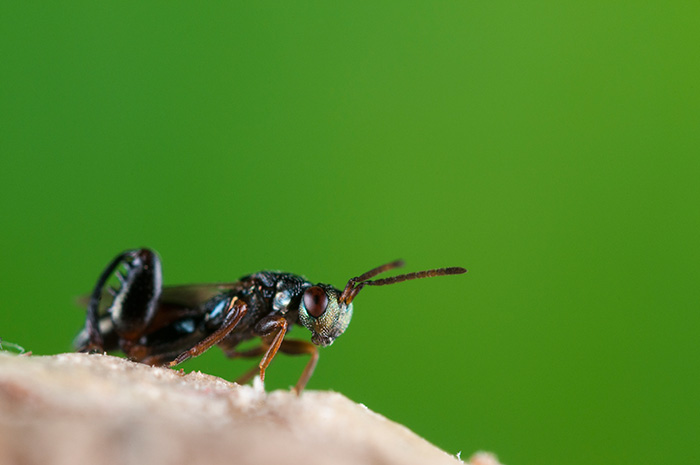
There are many parasites in the world, some of these we know them very well, because taken by our pets or ourselves, like feals, ticks and lice, but existing parasites smaller and decidedly more dangerous.
But not all parasites are small and horrifying, for example Common Cuckoo (Cuculus canorus) lays eggs in the nests of other species, in order to they take care of the young, causing the death of the other nestlings.
Half of all living species on earth are parasites of some kind.
They can be divided into two types: endoparasites, who live inside the host, and ectoparasites, who live outside the host, like fleas.
A particular example of parasitism in the animal world seen as victims praying mantises, in particular their oothecae (envelopes containing eggs), which are attached by small Hymenoptera Torymidae (small wasps) with metallic colors.
There are many species, but the most studied is certainly Podagrion mantis.
This small insect has a color from blue-green reflections on the thorax and brown on the abdomen, it is 3-4 mm long and has very strong hind legs, used for a specific purpose.
These, infact, serve to anchor the wasps at the wings of the adult female praying mantis, so let themselves be transported to the place where the female spawn.
After the creation of oothecae, this is immediately parasitized by females of Podagrion sp. which use the long ovipositor to lay their eggs inside, even before the oothecae to solidify.
Then, when the eggs are hatched, larvae eat the eggs of mantis. Subsequently young wasps will come out.
In many cases some small mantis can survive.

